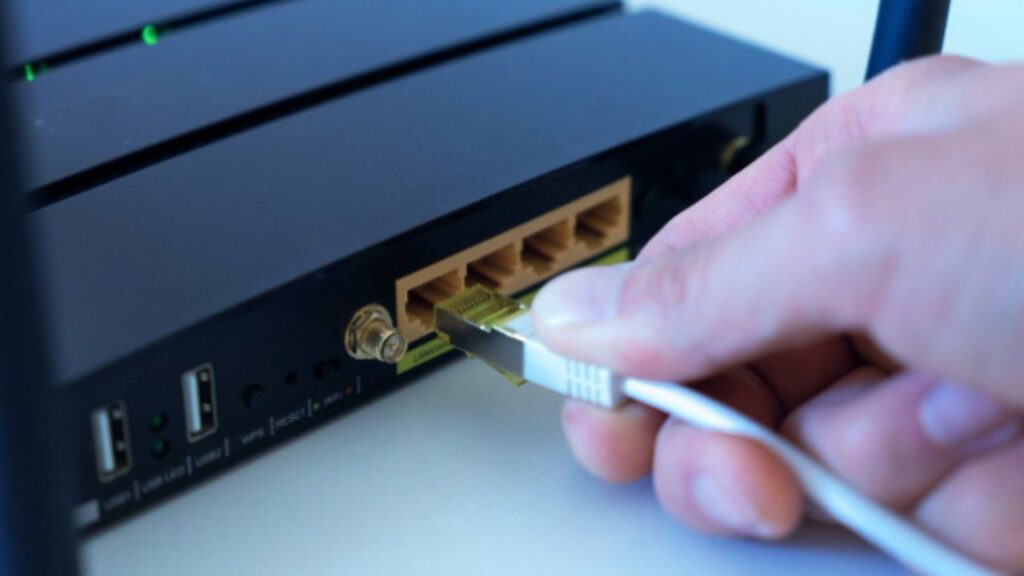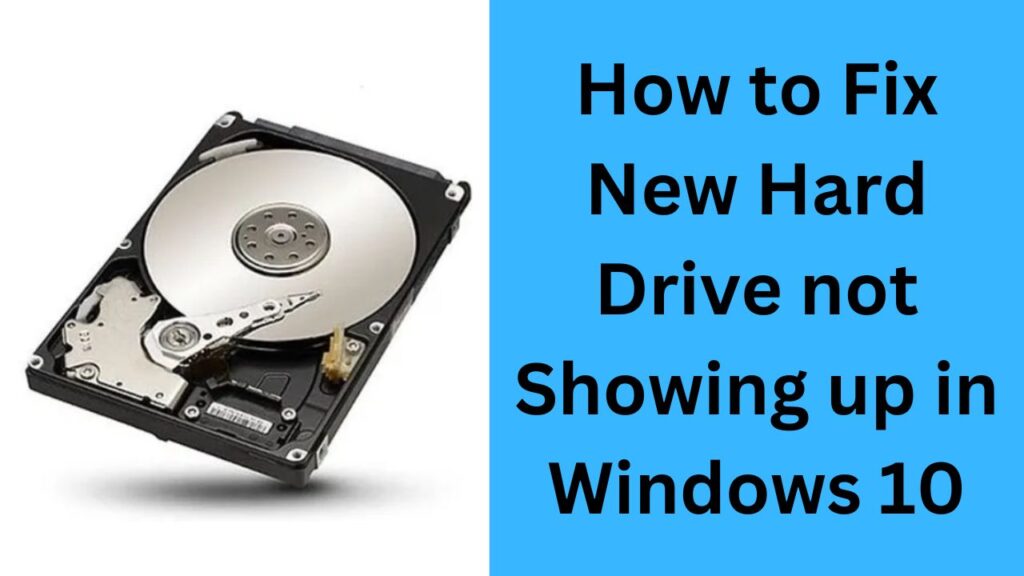If your external new hard drive is not showing up on a Windows 10 computer, refer to the solutions in the article. It will demonstrate 7 methods of “external hard drive is missing” in Windows 10 to help you out of the problem.
Often, one may encounter the scenario where either an internal or external hard drive fails to appear on a Windows computer. Put simply, the hard drive is nowhere to be found within File Explorer.
This occurrence can be attributed to various factors: It could be due to specific settings within the operating system that hinder the hard drive’s visibility, or it might be an error necessitating manual intervention, such as repairing the hard drive itself.
Why New Hard Drive not Showing up?
You’ve just acquired a shiny new hard drive, eagerly opened up your PC case, connected the additional hard drive or SSD to your motherboard, and powered up your computer.
However, upon launching File Explorer to inspect the drive or transfer data to it, you find that the new hard drive is nowhere to be found.
What could be the reason? In reality, the most prevalent issue is that the hard drive hasn’t been formatted or prepared for use. If it’s a completely fresh drive, it won’t appear until it has been initialized and at least one partition has been created on it.
Furthermore, in certain scenarios, such as when the drive is absent from the BIOS as a boot device or doesn’t show up in Disk Management, the problem could be attributed to factors like a loose connection or an outdated hard drive driver. Regardless of the cause, the following steps can be taken to resolve this issue.
7 Solutions for “New Hard Drive Not Showing Up in Bios” in Windows 10
Here, we will illustrate 7 methods you can use in this issue.
Method 1. Check Physical Connections:
The first step in troubleshooting a new hard drive not showing up is to ensure that all physical connections are secure. Make sure the data and power cables are properly connected to both the hard drive and the motherboard.

If you’re using an external hard drive, ensure that the USB or Thunderbolt cable is securely plugged in.
Method 2. Verify Drive Detection in BIOS/UEFI:
Access your computer’s BIOS/UEFI settings to check if the system recognizes the new hard drive. Restart your computer and enter the BIOS/UEFI by pressing the designated key (usually Del, F2, or Esc) during the boot process.
Navigate to the storage or drives section to see if the new hard drive is detected. If not, there might be an issue with the connection or power supply.
Method 3. Initialize Hard Disk and Format the Drive:
If the hard drive is recognized in the BIOS/UEFI but not in your operating system, it might need to be initialized and formatted. Open the Disk Management tool in Windows or Disk Utility on macOS to see if the new drive is listed.
If it appears as unallocated or unformatted, right-click on it and select the option to initialize and format the drive.
Method 4. Assign a Drive Letter:
After formatting the drive, it’s essential to assign a drive letter in Windows or macOS. Without a drive letter, the operating system won’t be able to recognize and display the new hard drive.
In Windows, open Disk Management, right-click on the drive, and choose “Change Drive Letter and Paths.” Assign an available drive letter to the new hard drive.
Method 5. Update Drivers and Firmware:
Outdated drivers or firmware can cause compatibility issues with your new hard drive. Check the manufacturer’s website for your computer’s motherboard and the hard drive itself to download and install the latest drivers and firmware updates. This can enhance compatibility and resolve any issues with the drive not being recognized.
Method 6. Try a Different SATA/Power Port:
If you’re using an internal hard drive, try connecting it to a different SATA port on your motherboard and using a different power cable. Sometimes, a faulty port or cable can be the cause of the problem.
Method 7. Test on Another Computer:
To rule out potential issues with your computer, test the new hard drive on another computer. If it’s recognized on a different system, the problem may lie with your computer’s hardware or settings.
Conclusion:
Troubleshooting a new hard drive not showing up can be a process of elimination, starting with physical connections and moving on to software and firmware issues.
By following these steps, you increase your chances of identifying and resolving the problem, ensuring that your new storage device functions seamlessly with your computer.
If all else fails, it may be worth reaching out to the manufacturer’s support for further assistance. Comment here.
Read More – Samsung QVO and EVO

